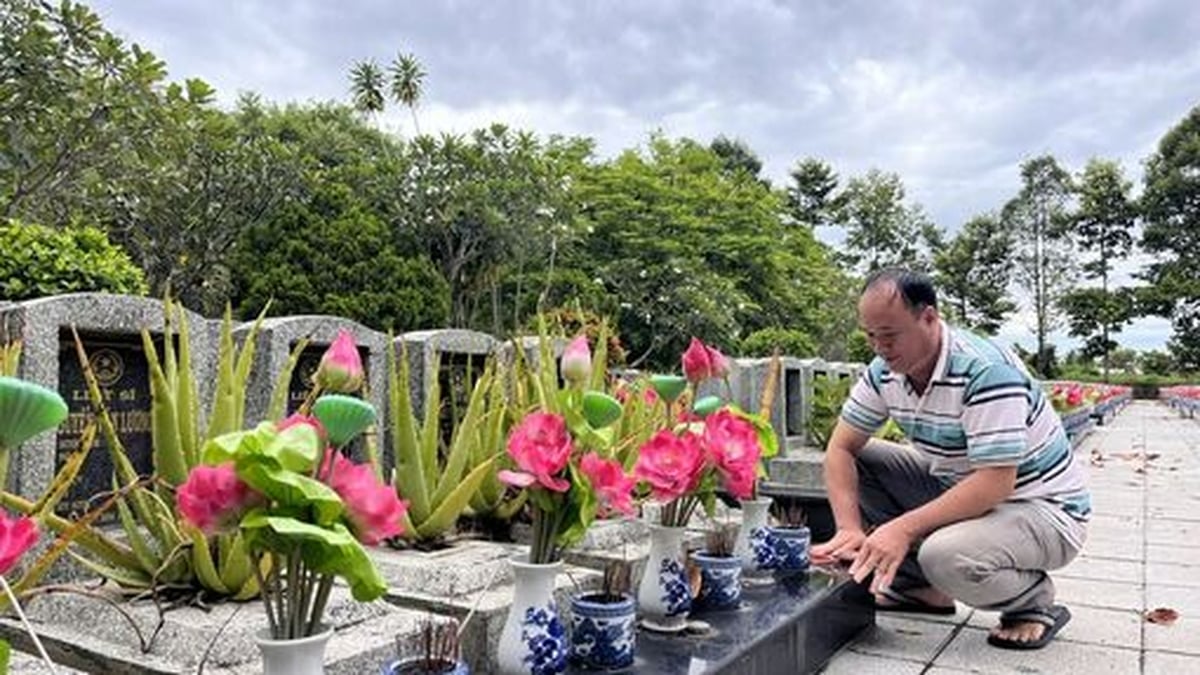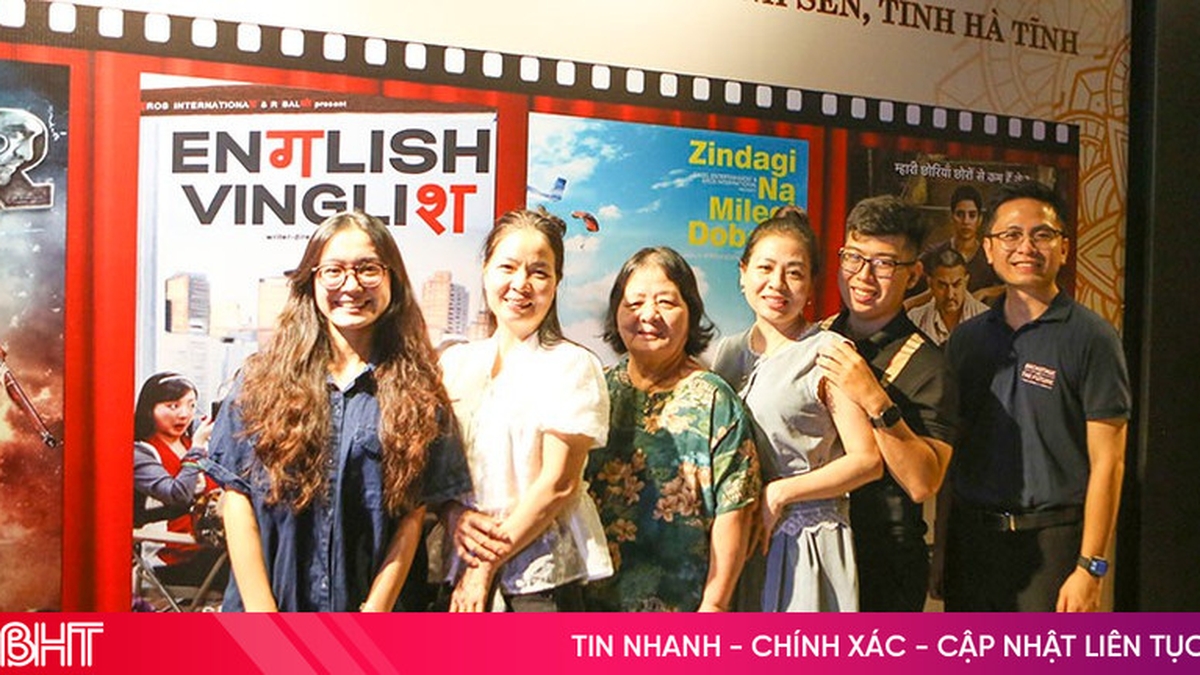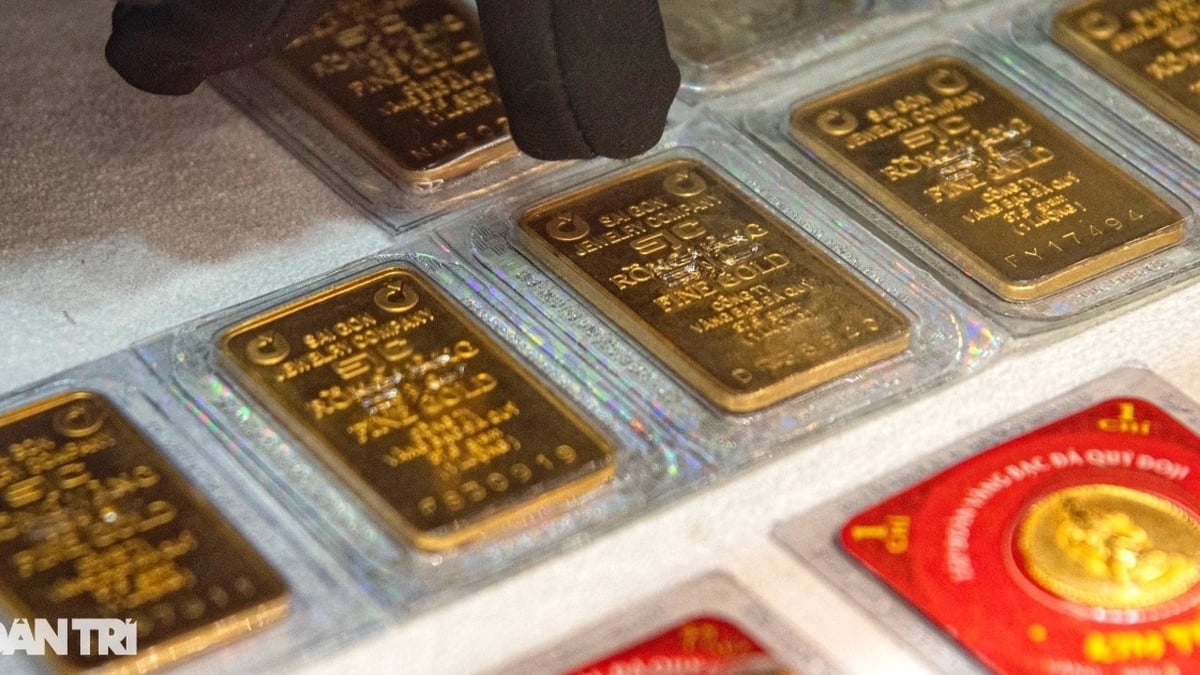Journey from passion to reality
Stemming from a strong passion for stained glass art, diplomat and journalist Nguyen Xuan Thang - President of the Vietnam Federation of UNESCO Associations and Director of the Stained Glass Art Museum - has spent nearly 40 years collecting more than 2,000 stained glass works from around the world. This collection includes outstanding works from leading glass art traditions such as Murano (Italy), Bohemian (Czech Republic), Tiffany (USA) ...
After 3 years of construction, the museum, which covers an area of over 2,000 square meters, has officially opened, becoming a specialized exhibition space for stained glass art - a field that has existed for a long time in the world but is still quite unfamiliar in Vietnam.
“The idea of building the Stained Glass Art Museum was first conceived by me out of my love and passion for this unique art form. I hope that the museum will contribute to preserving and promoting the value of stained glass art, diversifying the field of conservation and museums in Vietnam, and can bring inspiration and encourage creative ideas in the application of glassmaking technology and stained glass art,” Mr. Thang shared.
 |
| Nguyen Xuan Thang - President of the Vietnam Federation of UNESCO Associations, Director of the Stained Glass Art Museum. (Photo: THANH DAT) |
More than 2,000 artifacts in the museum carry their own stories associated with their birth, the search process, and the journey around the world to their final destination of safely arriving in Vietnam.
The Director of the Stained Glass Art Museum said that in order to carry out the museum construction program under limited financial conditions, in the process of collecting artifacts, he had to carefully consider and select within his ability to obtain typical artifacts, representing famous glass lines over time and geographical areas that are well-known or still new to the Vietnamese public.
“Perhaps this is fate, so during the transportation to Vietnam, only 2 or 3 artifacts were damaged, while the glass and colored glass artifacts are fragile and vulnerable, some weighing hundreds of kilograms, but they traveled thousands of kilometers to safely arrive in Vietnam,” shared the President of the Vietnam Federation of UNESCO Associations.
One of the highlights of the museum is the collection of classic stained glass works, notably the 8mx6m “The Nativity” made by the famous stained glass company Mayer Munich (Germany) in the 19th century for a church in New York (USA).
 |
The classic stained glass work “The Nativity” on display at the museum. (Photo: THANH DAT) |
This work is considered by American experts to be one of the most beautiful stained glass masterpieces in the world. According to Mr. Thang, it took him nearly 7 years to be able to fully own this classic stained glass work in 2019.
In addition, the museum also introduces many different types of artistic glass, from luminescent and dichroic glass to works in the Art Nouveau style. Not only displaying classical works, the museum also expands the space for contemporary art, encouraging creativity from Vietnamese artists.
“Looking at each stained glass work, we not only feel the artistic beauty from the skillful craftsmanship, creativity and dedication of the author, but also the profound cultural and historical values of each period and each country,” said Mr. Thang.
The museum's assets and artifacts were donated to the community by diplomat Nguyen Xuan Thang and placed under the management of the Vietnam Federation of UNESCO Associations, contributing to ensuring the museum's sustainability and creating conditions for the formation of the Cultural Development Fund, contributing to UNESCO activities in Vietnam.
Connecting art with community
 |
The museum promises to become a favorite destination for those interested in, loving and wanting to learn about stained glass art. (Photo: THANH DAT) |
The birth of the Stained Glass Museum has contributed to putting Vietnam's name on the map of the world's rare museum system of stained glass and stained glass art, which only accounts for a very small proportion in the global museum system.
According to Mr. Thang, opening a museum specializing in stained glass art in Vietnam will contribute to diversifying the field of cultural preservation and museums in Vietnam, while creating a unique, new, and attractive cultural highlight that can bring inspiration and useful values in the cause of improving the intellectual level of the Vietnamese people.
The museum is also a door that contributes to opening up and encouraging creative ideas in applying glassmaking technology and stained glass art to serve the cause of improving the quality of life for the Vietnamese people.
With the goal of bringing stained glass art closer to the public, the museum is building a long-term development strategy. One of the important directions is to organize seminars and discussions on stained glass art, inviting domestic and foreign experts and artisans to exchange and provide training. This not only helps raise awareness of stained glass art but also contributes to training the young generation of artisans, preserving and developing this field in Vietnam.
In addition to regular exhibitions, the museum will organize short-term and periodic exhibitions, display stained glass artworks by Vietnamese and international contemporary artists and craftsmen, and organize online museum activities to disseminate information and knowledge widely to the community.
 |
The establishment of the first stained glass art museum in Vietnam is expected to contribute to preserving and promoting the value of stained glass art, diversifying the field of conservation and museums in Vietnam. (Photo: THANH DAT) |
Not just an exhibition space, the Stained Glass Art Museum aims to become a place where art,education and community intersect, hoping to create conditions for the general public to access stained glass art.
In particular, the museum also plans to support research projects on stained glass art, as well as organize exchange activities between Vietnamese artisans and international artisans, to develop the domestic stained glass industry.
“Hopefully, the museum's exhibition house with a design that has never been repeated in Vietnam will bring surprise and inspiration to visitors, becoming a new and attractive destination with cultural and artistic values in Hanoi, especially for Ba Vi - one of the key tourist centers of the capital”, Mr. Thang emphasized.






















































































![[Infographic] In 2025, 47 products will achieve national OCOP](https://vphoto.vietnam.vn/thumb/402x226/vietnam/resource/IMAGE/2025/7/16/5d672398b0744db3ab920e05db8e5b7d)














Comment (0)